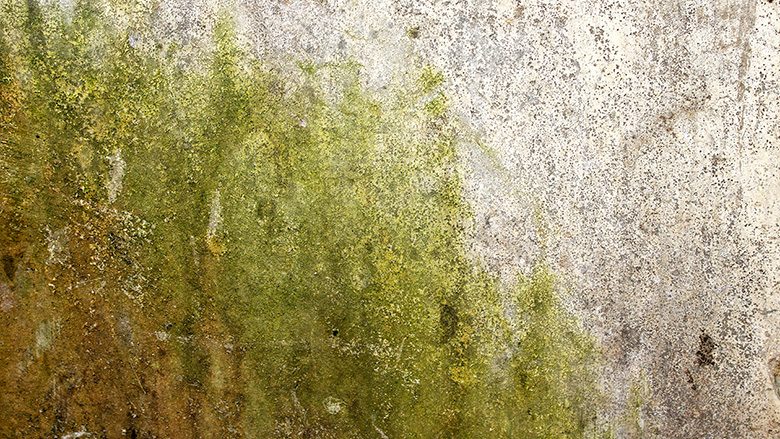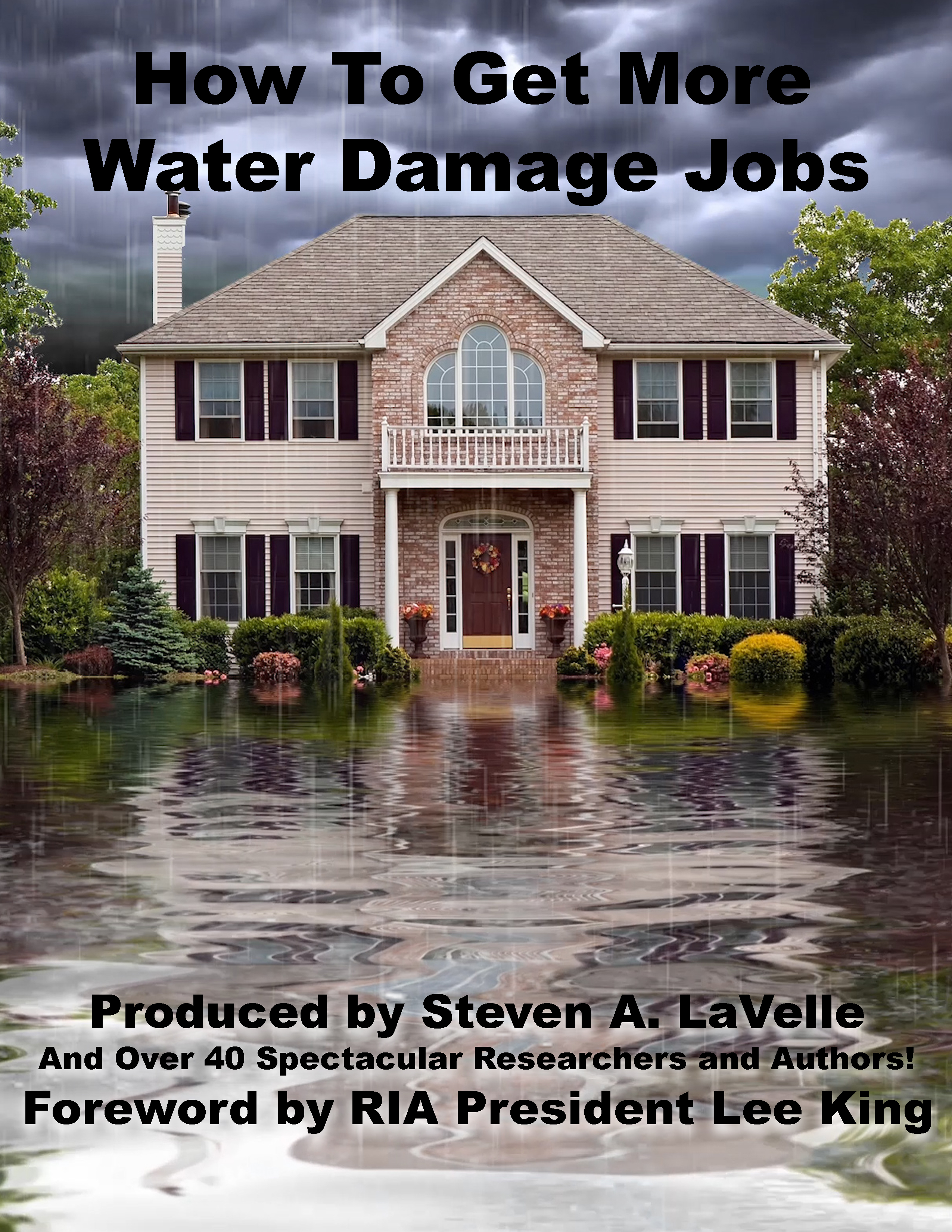Understanding the Future of Homeownership: Gen Z, Millennials, and Disaster-Resilient Trends

Photo: Matthew Henry / Burst
What surprised you the most about the trends this data revealed and how do they impact the restoration industry at a high level?
When reviewing the data, I had anticipated some consumers may view homeownership as a riskier investment but was surprised to find that a large portion from younger generations (61% of Millennials and 69% of Gen Zers) find homeownership less appealing due to severe weather. With a sizable percentage of young Americans thinking of homeownership as a risky investment, this creates an uncertain market outlook for restoration professionals, as well as both the housing and insurance markets.
However, that data point doesn’t tell the whole story. In fact, 79% of Americans would pay more for a home designed to better withstand severe weather. Reading between the lines, the industry should take note of consumers' preference for disaster-resistant materials and should work closely with the insurance industry to make these materials readily available at low costs to consumers. Homeownership should not be considered an uncertain investment, and it’s up to the industry to help make purchasing a home a sound investment to withstand extreme weather events.
Why might Millennials be less inclined to invest in these materials compared to Gen Z, Gen X and Baby Boomers?
Millennials have the largest share of total student debt and have experienced rising housing costs in real-time from the moment this generation entered the housing market. As a result, this group may have less financial flexibility to prioritize these materials compared to other generations, especially Gen X and Baby Boomers. While Millennials may not be the most interested generation in disaster-resistant materials, almost half (47%) are still inclined to invest in these features, showing there is still a desire for these offerings.
What implications do these generational differences have on the future of resilient housing?
As Millennials and Gen Z continue to grow as the dominant generations making up the workforce, and subsequently homeowners, their attitudes towards resilient housing strategies will determine how the industry responds to extreme weather events and invests in resilient materials. While younger generations' attitudes toward resilient materials may be more skeptical, this could be due to their student debt costs, as they may be less willing to invest in resilient housing as a result. By clearly outlining why these investments are valuable and how they can make homeownership a more positive experience, the restoration industry can help shift young Americans' attitudes on resilient housing.
What role does income level play in the willingness to invest in disaster-resistant materials?
Investing in disaster-resistant materials is appealing across all income levels, as 54% of respondents said they would pay at least a little more for this type of home. When breaking it down further by income level, interest remains high. For those making over $200,000, 61% reported they’d pay a little more for these homes, and 59% of low-income earners (between $25,000 - $34,999) also expressed interest, signaling a consensus among consumers that there is value in protecting these assets with disaster-resistant materials. While general interest in these materials can be expected, what was most shocking was the fact that a significant 45% of those earning between $150,000 and $199,999 are even willing to pay significantly more for homes with these types of safety features. This may be because this income group is especially interested in protecting their property from extreme weather events, as repairs may be more costly than proactive measures in the long-term, making investments into these materials also investments into future property value.
What financial barriers may be preventing homeowners from purchasing these materials?
Homeowners are facing their fair share of financial barriers from high mortgage rates, insurance premiums, personal debt and more, making additional costs like disaster-resistant materials unrealistic for already tight budgets. Combined with a limited market supply and rising housing pricing, consumers might already be overburdened with simply purchasing a home. Additionally, younger generations may be placing higher importance with other forms of wealth, such as stocks or bonds, over investing into property resilience.
What are the potential benefits of disaster-resistant materials and why may they seem like a no-brainer for contractors?
Disaster-resistant materials provide homeowners with the opportunity to not only protect their investments, but different functionalities in materials also can lead to additional benefits, like reduced waste and utility costs. Investing in these materials upfront helps to protect homes from disasters, leading to less damage and reduced repair costs. For example, utilizing concrete when building homes not only protects from fires, floods and other natural disasters, it can also provide lower utility costs thanks to better insulation as a result. Contractors who are familiar with the benefits thanks to their expertise and experience utilizing these materials day-to-day have a better understanding of the benefits than the average homeowner whose profession may not be in the industry. To help bridge this gap, contractors can work better with homeowners to address these concerns throughout the building and/or claims process.
What concerns do homeowners have when it comes to cost versus benefit and how can the industry address these concerns?
The upfront cost of disaster-resistant materials is more expensive than traditional materials, however, the long-term investment is far less expensive, especially for those in high-risk areas. Restoration contractors can work with insurance carriers to not only educate homeowners on the benefits, but also incentivize them to take proactive measures, as well as not increasing premiums for using disaster-resistant materials.
What strategies exist for restoration professionals to work better with insurance carriers to subsidize the costs of disaster-resistant materials?
Concerns around costs, especially related to insurance, provide an opportunity for the industry to combat rising prices and encourage better partnerships between insurance carriers and restoration professionals. While both parties have the same goal - getting the policyholder back in their home as quickly as possible - they are often speaking different “languages,” creating confusion, frustration and delayed claims cycles. One way to bridge these gaps is through trusted technology solutions, such as immersive 360-documentation tools, to make sure everyone is aligned and referring to the same measurements, damage and repairs. By leveraging technology from trusted vendors in the industry, real-time documentation can both accelerate the claims cycle and provide restoration professionals with more reason to advocate for the subsidizing of disaster-resistant materials.
How can the industry promote disaster-resistant materials and increase their appeal to homeowners?
Investing in disaster-resistant materials is imperative for homeowners, especially those in high-risk areas, as they can help mitigate damage, lower repair costs and increase the value of the property. However, an education and cost divide is creating barriers to access and interest into these solutions. The restoration industry can take the first steps to breaking these barriers down by providing better education for homeowners when working on repairs and making recommendations to invest in these materials. Additionally, the industry can advocate to insurance carriers for the subsidizing of these materials, aiming to keep costs down for homeowners. By working together with insurance partners, restoration contractors can ensure homeowners have greater understanding of the benefits of disaster-resistant materials, empowering them to protect their property and bring value back into homeownership.
Looking for a reprint of this article?
From high-res PDFs to custom plaques, order your copy today!








